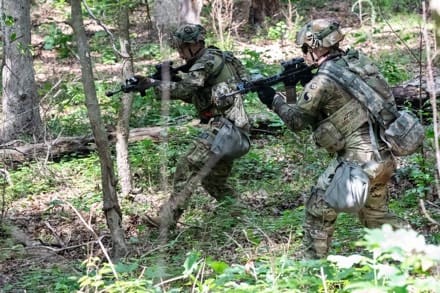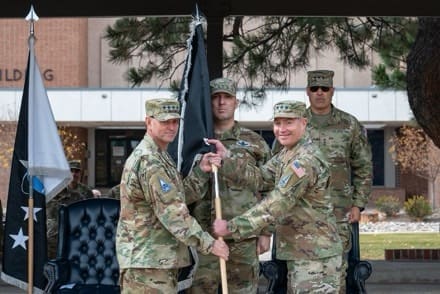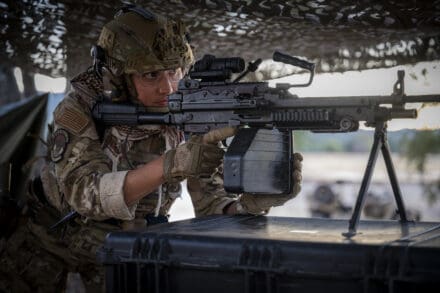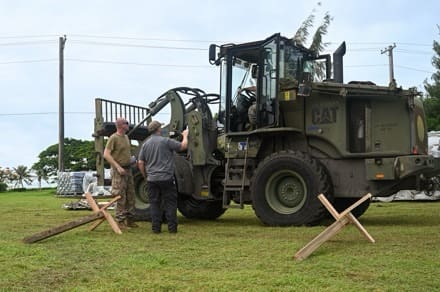FORT BRAGG, N.C. — The Department of the Army activated the U.S. Army Western Hemisphere Command in a historic transition ceremony today at Fort Bragg, uniting U.S. Army Forces Command, U.S. Army North and U.S. Army South into a single, four-star operational headquarters.

The ceremony also marked the casing of the U.S. Army Forces Command colors and the retirement of FORSCOM’s commanding general. Gen. Andrew Poppas, who has led Forces Command since July 2022, is set to retire after more than 37 years of service.
“Today we become something new,” Poppas said, “but FORSCOM’s spirit of readiness, resilience and warfighting strength will not fade. Rather, that spirit will radiate throughout the Army.”

Gen. Joseph A. Ryan assumed command of the new USAWHC. He previously served as the Army’s Deputy Chief of Staff for Operations, Plans, and Training (G-3/5/7).
The ceremony is a significant moment in the Army’s transformation. The establishment of USAWHC is part of a broader transformation campaign to modernize Army command structures and improve operational agility.
USAWHC is an operational warfighting theater command headquarters overseeing all Army plans, posture, operations, and power projection in support of U.S. Northern and Southern Commands — aligned with national strategic priorities.

“Western Hemisphere Command is designed for speed, flexibility and relevance to effectively respond to challenges in our complex times,” said Army Chief of Staff, Gen. Randy George. “By consolidating these headquarters and aligning the theater, we will streamline processes, eliminate redundant efforts, and free up talent and resources. This will allow us to better support our fighting formations.”
USAWHC unifies domestic-response capabilities from ARNORTH, regional engagement expertise from ARSOUTH and the large-scale readiness oversight of FORSCOM. This integration delivers uninterrupted readiness, rapid force generation and expertise in homeland defense and civil support. This enables the U.S. Army to respond more rapidly to crises and continue building strong military alliances.

“Today is much more than a change of command ceremony,” Poppas said, “it’s a major step toward the merger of three powerhouse Army headquarters into one operational, transregional team that will face the nation’s top strategic priorities.”
The activation of USAWHC is the first step in a conditions-based transformation. By February 2026, USAWHC will reach its initial operational capability and will be assigned to U.S. Southern Command and U.S. Northern Command to prepare to accept Theater Army authorities and responsibilities. If all conditions are met, the command will reach full operational capability by summer 2026.
Today, we continue in the Army’s rich history of transformation — combining Forces Command, Army North and Army South — to form the United States Army Western Hemisphere Command,” Ryan said. “The Army is making an enormous investment in this transformation; combining three important, effective and historically capable commands into one. It is our responsibility to deliver returns on that investment.

The USAWHC mission statement is: “U.S. Army Western Hemisphere Command is the Theater Army for U.S. Northern Command and U.S. Southern Command. USAWHC enables defense of the homeland; conducts defense support of civil authorities, crisis response, and regional security cooperation; provides trained and ready land forces for global and regional employment; integrates Army capabilities into Joint and interagency operations; and ensures the ability of the Army to mobilize and employ reserve component forces to secure American interests and security in the Western Hemisphere.”
Visit USAWHC’s website for more information on the command.
By U.S. Army Western Hemisphere Command Public Affairs



































































































































